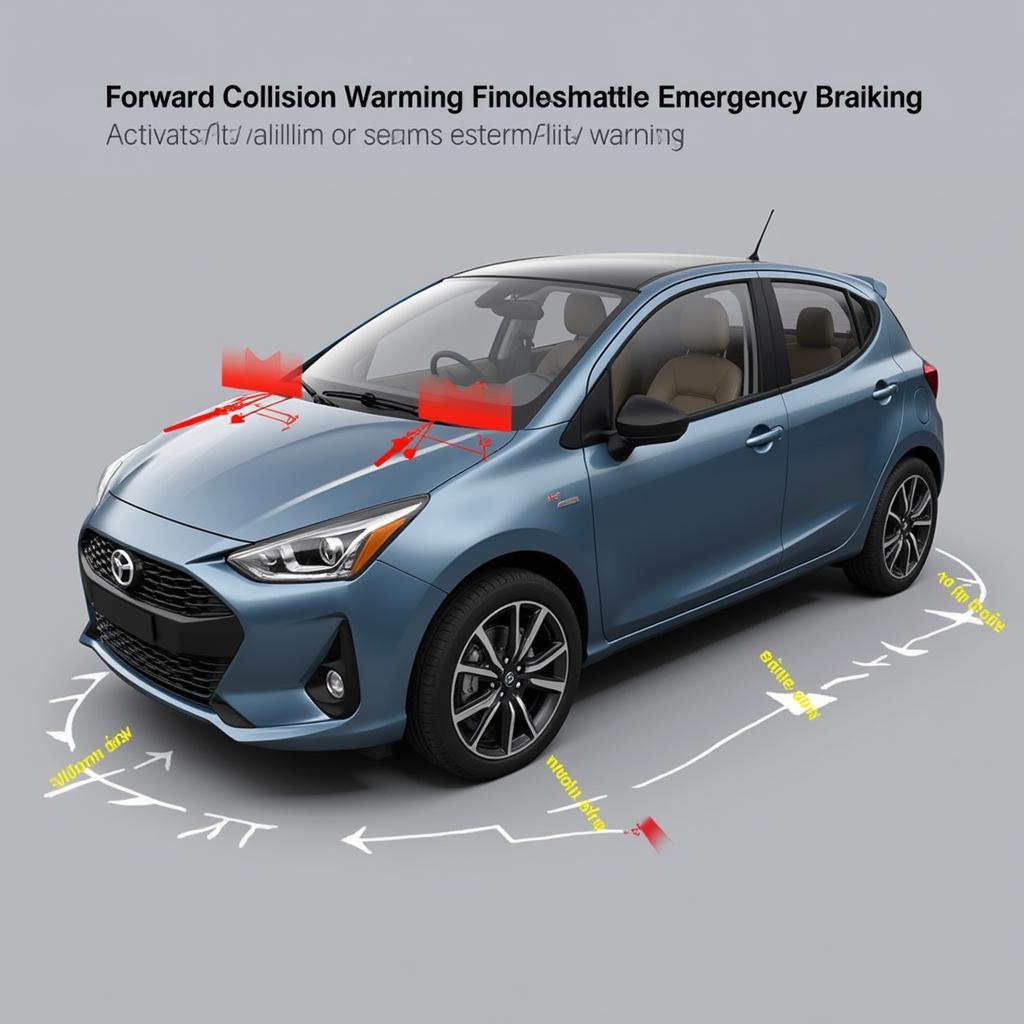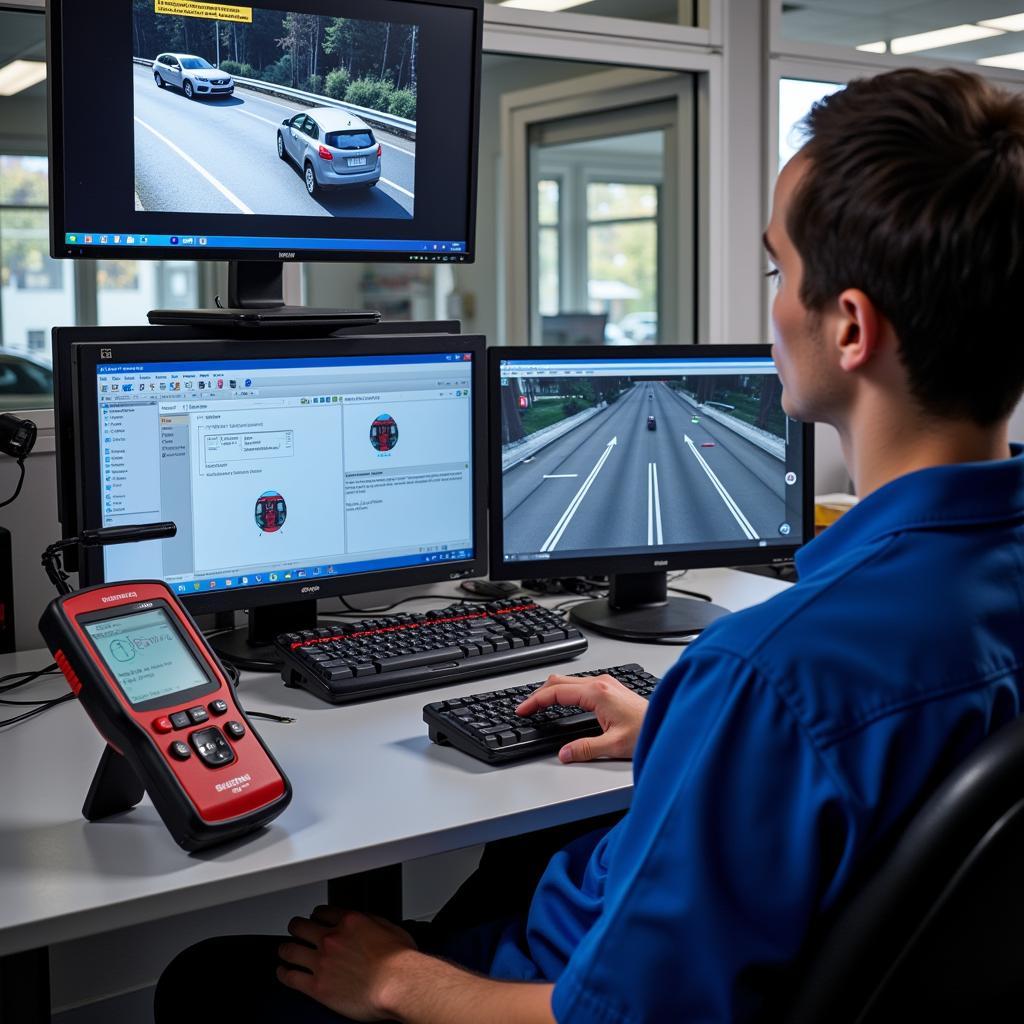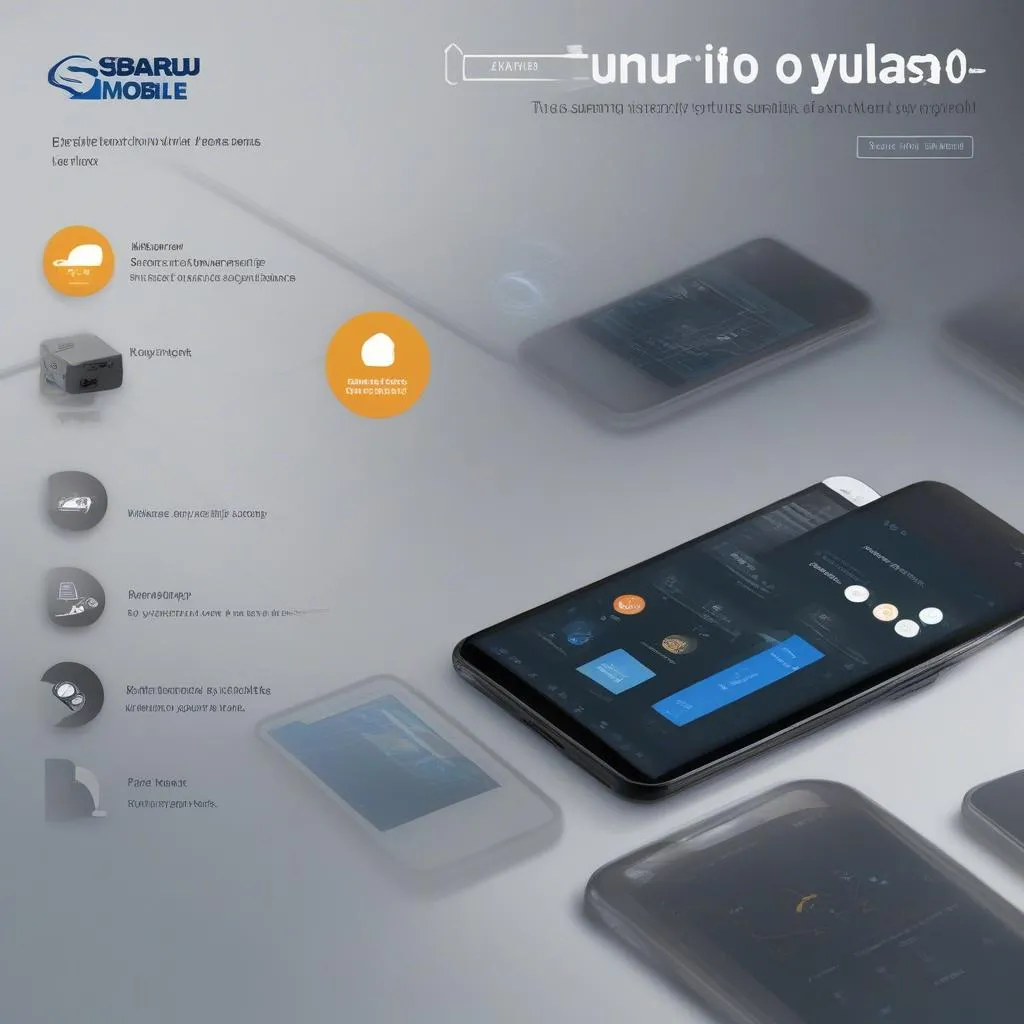Subcompact cars with forward crash warning and automatic emergency braking systems are becoming increasingly popular, offering enhanced safety features in smaller, more affordable packages. This guide dives deep into the technology, benefits, and considerations for choosing a subcompact with these crucial safety systems.
Understanding Forward Crash Warning and Automatic Emergency Braking
Forward crash warning (FCW) and automatic emergency braking (AEB) are advanced driver-assistance systems (ADAS) designed to prevent or mitigate the severity of frontal collisions. FCW uses sensors, typically radar or cameras, to detect potential collisions with vehicles ahead. If a collision is imminent, the system alerts the driver with visual and audible warnings. AEB goes a step further. If the driver doesn’t react to the FCW alerts, AEB automatically applies the brakes to slow down or stop the vehicle, preventing or lessening the impact of a crash. These systems are particularly valuable in subcompact cars, which often have less crumple zone to absorb impact in a collision.
How These Systems Work in Subcompacts
In subcompact cars, the compact size and often lower price point mean that the FCW and AEB systems may rely on a single camera or a combination of less expensive sensors compared to luxury vehicles. However, the core functionality remains the same: detect potential hazards and act to prevent collisions. The system’s effectiveness can vary depending on factors like weather conditions, visibility, and the speed of the vehicles involved.
Benefits of FCW and AEB in Subcompact Cars
The benefits of having FCW and AEB in a subcompact car are numerous. They offer increased safety for the driver, passengers, and other road users. These systems can help prevent accidents, reduce injuries, and even save lives. They are particularly beneficial in city driving, where traffic is often congested and unexpected stops are common.
 Subcompact Car Equipped with FCW and AEB System
Subcompact Car Equipped with FCW and AEB System
Choosing a Subcompact with FCW and AEB
When choosing a subcompact with FCW and AEB, it’s essential to consider factors like the system’s performance in different conditions, the availability of additional safety features, and the overall cost. Not all FCW and AEB systems are created equal, and some offer more advanced functionalities, such as pedestrian detection or cyclist detection.
Key Features to Look For
Look for systems that perform well in various conditions, including low light and adverse weather. Consider features like pedestrian and cyclist detection, which offer added protection for vulnerable road users. Also, check for independent ratings from organizations like the Insurance Institute for Highway Safety (IIHS) and the National Highway Traffic Safety Administration (NHTSA) to assess the system’s effectiveness.
Comparing Different Subcompact Models
Comparing different subcompact models with FCW and AEB is crucial to find the best fit for your needs and budget. Research the specific features and performance ratings of each model’s safety systems. Consider factors like the sensitivity of the system and its ability to avoid false alerts.
Maintaining Your FCW and AEB System
Regular maintenance is crucial to ensure the proper functioning of your FCW and AEB system. Keep the sensors clean and free from obstructions. Have the system checked by a qualified technician during routine maintenance. Addressing any issues promptly can help prevent malfunctions and ensure the system’s effectiveness in critical situations.
Troubleshooting Common Issues
If you experience any issues with your FCW or AEB system, such as false alerts or system malfunctions, it’s essential to address them promptly. Consult your vehicle’s owner’s manual or seek assistance from a qualified technician.
“Regular calibration and software updates are crucial for maintaining the accuracy and reliability of these systems,” advises John Smith, Senior Automotive Diagnostics Engineer at Advanced Auto Solutions. “Don’t ignore warning lights or unusual behavior; address them immediately to ensure optimal safety.”
 Diagnostic Tools for FCW and AEB Systems
Diagnostic Tools for FCW and AEB Systems
Conclusion
Investing in a subcompact with forward crash warning and automatic emergency braking is a wise decision for enhanced safety on the road. By understanding how these systems work, considering key features, and maintaining them properly, you can maximize their effectiveness and enjoy the peace of mind they provide. Prioritize safety and choose a subcompact equipped with these life-saving technologies. “Remember, these systems are designed to assist, not replace, attentive driving,” adds Maria Garcia, Lead Safety Systems Trainer at Auto Safety First. “Always stay alert and focused while driving.”
FAQ
-
What is the difference between FCW and AEB?
FCW warns the driver of a potential collision, while AEB automatically applies the brakes if the driver doesn’t react. -
How effective are FCW and AEB systems in subcompact cars?
They are highly effective in preventing or mitigating the severity of frontal collisions. -
What should I do if my FCW or AEB system malfunctions?
Consult your owner’s manual or contact a qualified technician. -
How often should I have my FCW and AEB system checked?
Have it checked during routine maintenance or if you experience any issues. -
Are FCW and AEB systems standard on all subcompacts?
No, they are often optional features or included in higher trim levels. -
Can FCW and AEB systems prevent all accidents?
No, they are designed to assist, not replace, attentive driving. -
What are some common causes of FCW and AEB system malfunctions?
Sensor obstructions, software glitches, and electrical issues can cause malfunctions.

